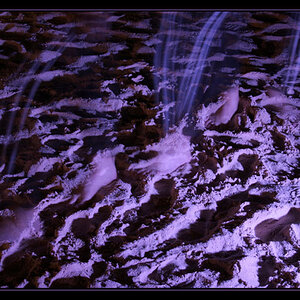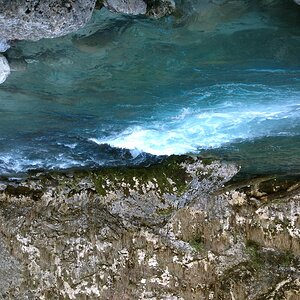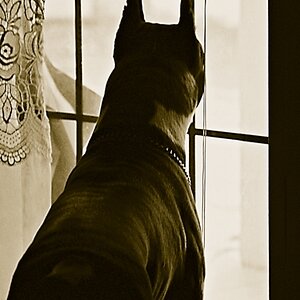subscuck
No longer a newbie, moving up!
- Joined
- Jun 26, 2010
- Messages
- 1,431
- Reaction score
- 191
- Can others edit my Photos
- Photos OK to edit
Chefs, both Pastry and Culinary, should have a portfolio showcasing their abilities. While I have one, it's my school portfolio, so it's long on text, short on pics. I want to do a new portfolio that's pics only, basically nothing but 8x10's, with dividers for catagories, i.e., custards, tortes, bread, etc. I want to go with a minimum of props and put the focus on the food, and hopefully end up with a sleek, stream lined look.
Here's what I'm thinking; shooting on black plexi with the product sitting directly on the plexi where possible. Obviously certain things will need to be on plates or in bowls, etc. So what I'm reaching out for here, is help with lighting. My lighting knowledge is very basic, as is my equipment. I have a 580EX II, and access to a 430EX as a slave when I need it. I realize I need some more, but I'm on a very tight budget right now. So I need suggestions for a cheap but sufficient stand to get my flash off camera, any cheap third party cables, if they exist, for hooking up the speedlites, what I can make for diffusers, etc., as well as any other info that's relevant.
So, yeah, basically I'm a total noob with studio type lighting. I've been telling myself for years that it's something I really need to learn, and this is a great opportunity. This project will take months to complete, as I obviously need to make product before I can photograph it, and that has to be done around my work schedule, but I'm really looking forward to the learning aspect of it. And of course I'll post photos so I can learn what I'm doing right and where I need improvement.
Here's what I'm thinking; shooting on black plexi with the product sitting directly on the plexi where possible. Obviously certain things will need to be on plates or in bowls, etc. So what I'm reaching out for here, is help with lighting. My lighting knowledge is very basic, as is my equipment. I have a 580EX II, and access to a 430EX as a slave when I need it. I realize I need some more, but I'm on a very tight budget right now. So I need suggestions for a cheap but sufficient stand to get my flash off camera, any cheap third party cables, if they exist, for hooking up the speedlites, what I can make for diffusers, etc., as well as any other info that's relevant.
So, yeah, basically I'm a total noob with studio type lighting. I've been telling myself for years that it's something I really need to learn, and this is a great opportunity. This project will take months to complete, as I obviously need to make product before I can photograph it, and that has to be done around my work schedule, but I'm really looking forward to the learning aspect of it. And of course I'll post photos so I can learn what I'm doing right and where I need improvement.



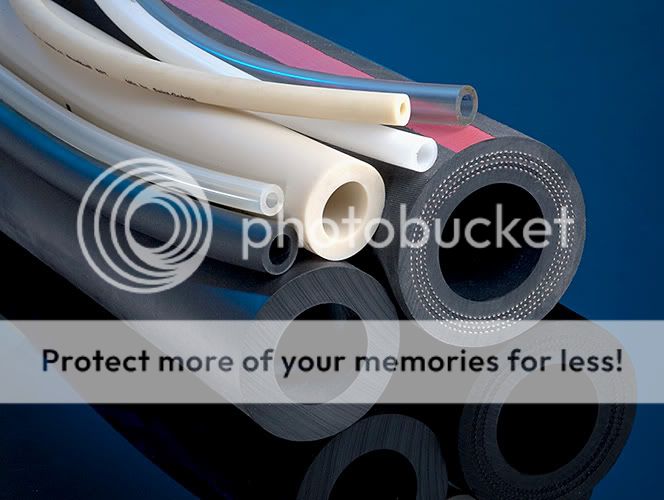
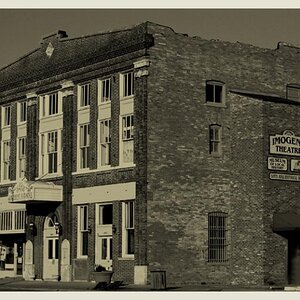
![[No title]](/data/xfmg/thumbnail/32/32702-7344d6e6132276dd7bfc046084fea432.jpg?1619735604)
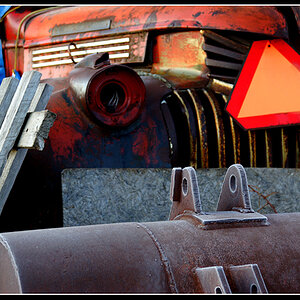
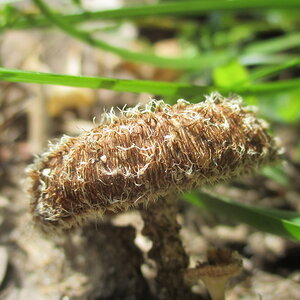
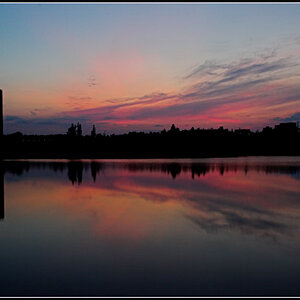
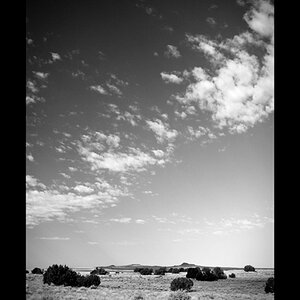
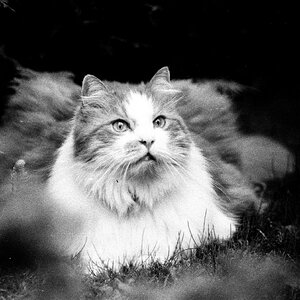
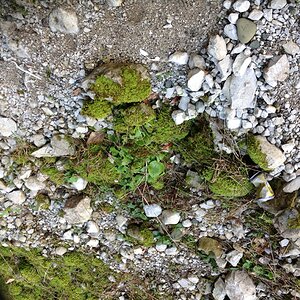
![[No title]](/data/xfmg/thumbnail/32/32699-3434a76363cb383404e00a3cd5ed5728.jpg?1619735601)
